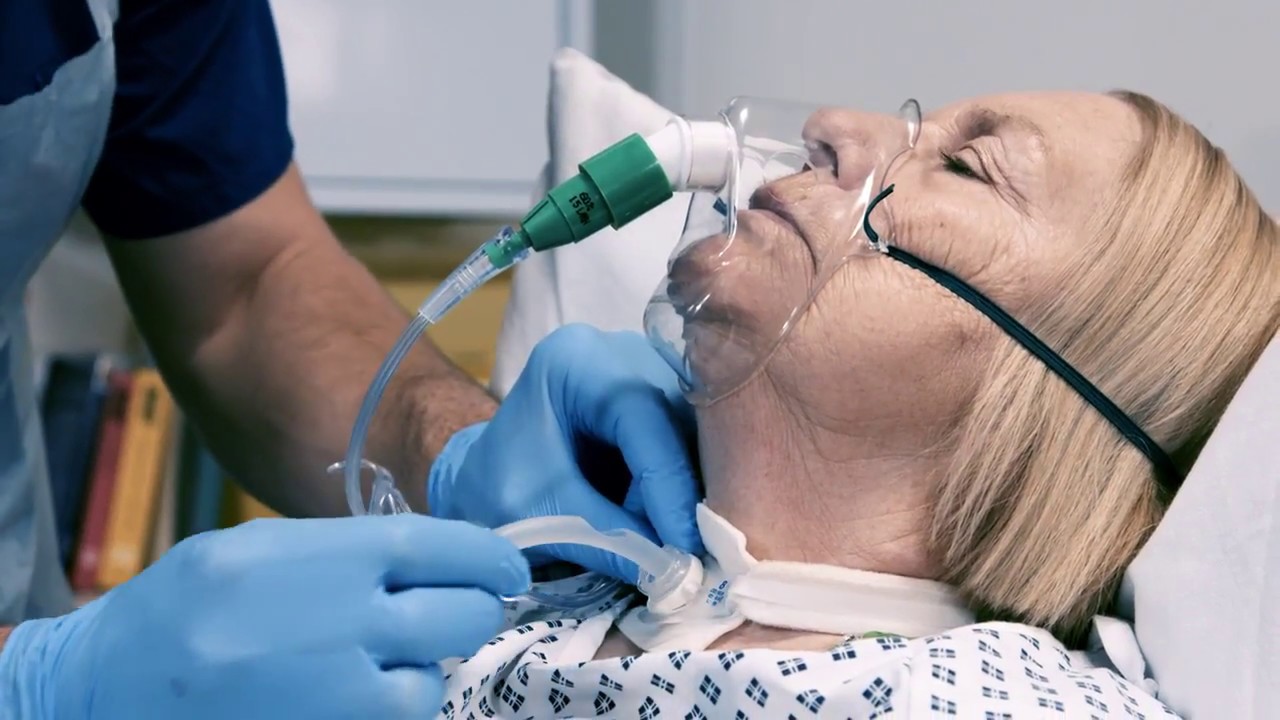
The Power Of E-Learning In Open Tracheostomy Surgery
There has been remarkable advancement in healthcare sector, especially the surgical procedure domain. One such procedure that has gained significant attention is open tracheostomy surgery. Tracheostomy, the creation of a surgical opening in the windpipe, is a critical procedure performed in various medical scenarios.
With the emergence of e-learning, healthcare professionals can now access comprehensive training programs for open tracheostomy surgery. E-learning platform like Webop.com has a team of experienced author surgeons, who regularly contribute surgical videos for reference.
In this post, let’s explore the benefits and impact of e-learning in enhancing the knowledge and skills required for performing open tracheostomy surgery.
Accessible and Flexible Learning
E-learning platforms provide healthcare professionals with a convenient and flexible way to learn open tracheostomy surgery. Traditional surgical training often demands physical presence in lecture halls or operating rooms, making it challenging for busy professionals to acquire the necessary knowledge.
E-learning overcomes this limitation by enabling on-demand access to training materials, allowing learners to study at their own pace and convenience. Moreover, geographical barriers are eliminated, as learners can access courses from anywhere in the world, reducing the need for expensive travel and accommodation.
Interactive Multimedia Content
E-learning platforms leverage multimedia tools to enhance the learning experience. Open tracheostomy surgery requires a deep understanding of anatomical structures, procedural steps, and potential complications.
Through e-learning, surgeons can access high-quality videos, interactive animations, and 3D models that provide a detailed and immersive exploration of the procedure. This visual and interactive content enhances comprehension, retention, and practical application of knowledge, ultimately improving surgical skills.
Simulation-Based Training
E-learning platforms offer simulation-based training, which is highly effective in open tracheostomy surgery education. Simulations allow learners to practice the procedure in a safe and controlled environment, replicating real-life scenarios.
Virtual patients with varying anatomical characteristics and complications enable surgeons to develop critical decision-making skills and experience the consequences of their actions without risking patient safety.
Feedback mechanisms within the simulations help learners identify areas for improvement and enhance their technique, leading to increased confidence and proficiency in performing the surgery.
Teamwork and Knowledge Sharing
E-learning nurtures teamwork and knowledge sharing among like-minded professionals. Online discussion forums and virtual communities allow learners to connect with peers, mentors, and experts from diverse backgrounds.
Through these platforms, surgeons can engage in meaningful discussions, share experiences, seek advice, and stay updated with the latest advancements in open tracheostomy surgery. This collaborative environment promotes a sense of belonging, continuous learning, and professional growth.
Continuous Professional Development
E-learning in open tracheostomy surgery supports lifelong learning and continuous professional development. Aspiring surgeons can gain access to updated resources, join webinars, and participate in case discussions. It is the best way to stay updated with the latest evidence-based practices.
Some e-learning platforms also provide certification and accreditation opportunities, which allow surgeons to demonstrate their competency and commitment to quality care. This emphasis on continuous learning ensures that healthcare professionals can deliver the highest standard of care to patients.
Wrap-up
E-learning has revolutionized the education and training landscape for open tracheostomy surgery. Its accessibility, interactive multimedia content, simulation-based training, collaboration opportunities, and emphasis on continuous professional development have transformed the way surgeons acquire and enhance their skills.



